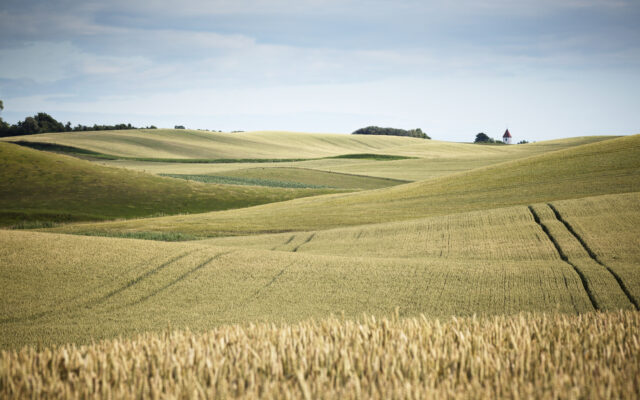ISU Report Shows Iowa’s Small Farms Disappearing, Big Farms Getting Bigger

(Radio Iowa) An Iowa State University study finds the size and number of small farms in Iowa dwindled in the past decade, while the size and number of commercial farms exploded. Professor David Peters, an extension rural sociologist at ISU, defines a small farm as being about 300 acres.
“Farm numbers are down 27% and the acreages farmed by those small operators shrunk by nearly 50%,” Peters says. “On the other hand in the equation, the number of large commercial farms, and those are 2,000 to 4,000 acres per farm, the number of those large commercial farms doubled, and the farmland that they operated expanded by some 75%.” In the report “Rural Iowa at a Glance, Farm Trends,” small farms are vanishing and the big farms are getting bigger. Peters says whether that’s a good thing or a bad thing depends on your point of view.
“Larger farms tend to be more efficient, they can produce large amounts of commodities at relatively better prices,” Peters says. “The danger is the state losing its agricultural legacy. We’ve always been historically a state of a lot of small farms, and so I do worry that as we lose a lot of these smaller farms, our state isn’t going to be defined as much by that agricultural heritage.” Peters says the study also reflects a sharp rise in net farm incomes between 2020 and 2021, which he says was a surprise. Net farm incomes increased across all farm commodities in Iowa, as well as all farm sizes and classes.
“If we want to maintain small farms, that’s going to require changes in agricultural policy,” Peters says. “The Farm Bill is being negotiated kind of as we speak. It’d be nice to see some programs targeted to small farms because they may have more special needs than larger, more commercial operations.” There are about 83-thousand farms in Iowa and about 70-percent of them are places to live, not places to make a living. That’s important, Peters says, as the majority of farms in Iowa are now operated by people who do -not- make the majority of their income from farming.
“These are people that live on about 100 acres and they have an off-farm job and they don’t identify as being a farmer, so they don’t contribute a lot to the state’s agricultural economy,” Peters says, “but what they do contribute to is really rural vitality. So that keeps people in the countryside, keeps kids in rural schools, helps invest in Main Street.” While corn, soybean and hog farms have seen steady growth, poultry farms have seen income dips due to disease outbreaks, while Peters says there’s also concern for the cattle and dairy sectors.



